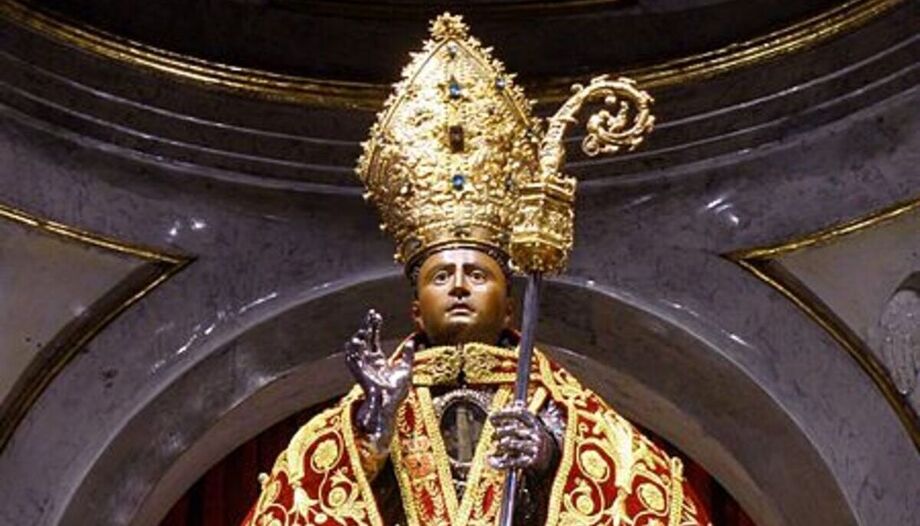San Fermín was born in Pamplona at the end of the third century A.D. However, the first surviving documents about his life and the cult of this saint date from the eighth century, which has led many to doubt the historical veracity of the character, as indicated in the page of the Royal Academy of History.
According to late histories, Saint Fermin was the son of the Roman senator Firmo, of Pamplona, who converted to Christianity along with his entire family.
At the age of 24, Fermin was consecrated bishop and left his homeland to preach the gospel in Gaul. In Beauvais he was imprisoned, but was released again when the governor Valerius died.
Once free, he went to Amiens, where many people were converted to Christianity by his preaching. One of these converts was the senator Faustinianus.
However, senators Longulo and Sebastian had him imprisoned, and he was subsequently secretly beheaded in prison. Senator Faustinianus recovered his body.
According to the Royal Academy of History, "historically it is only possible to affirm that at the end of the VIII century a bishop named Fermin was venerated in Amiens, whose status as a martyr or confessor was unknown. To avoid problems, the character was split in two and it was the martyr who achieved greater veneration, to the point of awarding him some of the most important priests in the world. relics and an extensive biography. A relic arrived in the city of Pamplona in the year 1186, celebrating the feast of its translation on October 10".
Since 1590, his feast day began to be celebrated on July 7.








